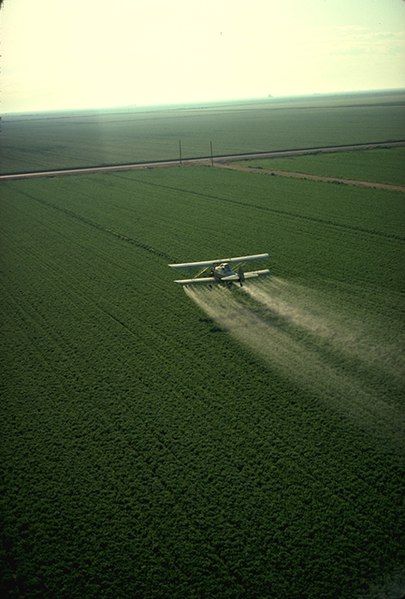 Pesticide use is not just bad, it’s getting rapidly worse, according to
Carey Gillam writing in Scientific American:
Pesticide use is not just bad, it’s getting rapidly worse, according to
Carey Gillam writing in Scientific American:
The rapid adoption by U.S. farmers of genetically engineered corn, soybeans and cotton has promoted increased use of pesticides, an epidemic of herbicide-resistant weeds and more chemical residues in foods, according to a report issued Tuesday by health and environmental protection groups.What’s the cause of this increased pesticide use?The groups said research showed that herbicide use grew by 383 million pounds from 1996 to 2008, with 46 percent of the total increase occurring in 2007 and 2008.
The report was released by nonprofits The Organic Center (TOC), the Union for Concerned Scientists (UCS) and the Center for Food Safety (CFS).
The rise in herbicide use comes as U.S. farmers increasingly adopt corn, soy and cotton that have been engineered with traits that allow them to tolerate dousings of weed killer. The most popular of these are known as “Roundup Ready” for their ability to sustain treatments with Roundup herbicide and are developed and marketed by world seed industry leader Monsanto Co.Any associated detriments? Dead and mutated wildlife? Poisoned drinking water? Pesticides in school children? Cancer and asthma? Well, I suppose those are all economic externalities of no interest to the producers of these seeds and pesticides.Monsanto rolled out the first biotech crop, Roundup Ready soybeans, in 1996.
Monsanto officials declined to comment on the report. But the Biotechnology Industry Organization, of which Monsanto is a member, said the popularity of herbicide-resistant crops showed their value outweighs any associated detriments.







